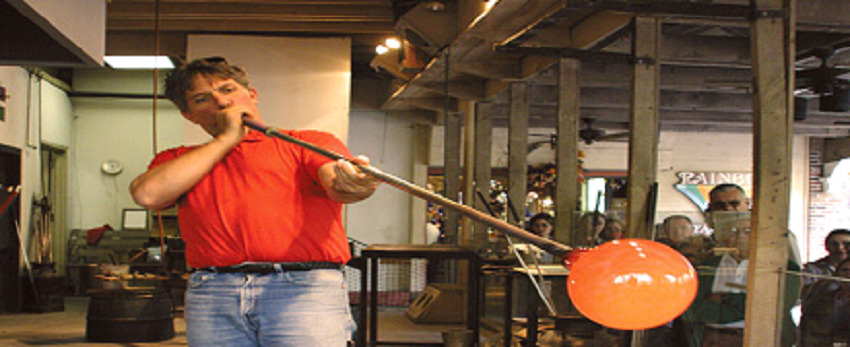When we have our new double-glazed windows installed, we take it for granted that the glass will be the most modern, technologically advanced and durable glass available. But do you ever wonder where it all began?
It would seem that humans have been producing glass objects for much longer than you might imagine. Archaeologists have found artefacts in Eastern Mesopotamia and Egypt that show glass manufacturing was occurring some 3,000BC. Shards of glass vases dating back to the 16th century BC show evidence of hollow glass manufacturing. At the same time in history, similar techniques were being used in Greece, Egypt and China.
As you can imagine, the process was slow, laborious and expensive. It remained a supreme luxury item very much, unaffordable for the masses. The discovery of glass-blowing, however, was a game changer in the evolution of glass-making.
It is said that this method was started by Syrian craftsmen in the 1st century. Glass-blowing was quicker, cheaper and easier for the first time in human history and more readily available for common citizens. These early techniques have changed little since their discovery and ancient traditions and techniques are still employed today.
Glass making took off, especially in the Roman Empire, reaching across to more western swathes of Europe and the Mediterranean. Glass became one of the most important traded objects outside the borders of the Empire. Clear glass was discovered in Alexandria around 100 AD and thus began the use of glass for architectural and building purposes. You could say this was the birth of the glass window. For a Double Glazing Company Evesham, contact https://www.firmfix.co.uk/doors/
The glass-making industry flourished, particularly in Venice towards the end of the 1200s. Glass-making had begun here during the Crusades between 1096 & 1270. During 1291, the industry moved to the Venetian island of Murano, which has been producing world-class glass ever since. Efforts were made to closely guard their glass-making secrets, but knowledge of their techniques eventually seeped out to the rest of Europe.
It wasn’t until the 16th century that glass-making truly became important in England. In 1674, George Ravenscroft invented lead glass, which was a significant advancement in the glass industry. It wouldn’t be until the Industrial Revolution that mass production of glass could begin to take place. Michael Owens invented a mechanical automatic bottle blowing machine in 1903 that could churn out over 2,000 bottles every hour. Ever heard of Pilkington glass? Towards the end of the 1950s, Sir Alastair Pilkington invented a float glass manufacturing method which is still used to make 90% of flat glass today.
Today we see the glass-making industry as a highly technological and advanced industry, but it is has evolved over many centuries to become what it is. A modern manufacturing plant can produce millions of glass items in a whole rainbow of colour choices and for hundreds of different purposes and applications.



Average Rating